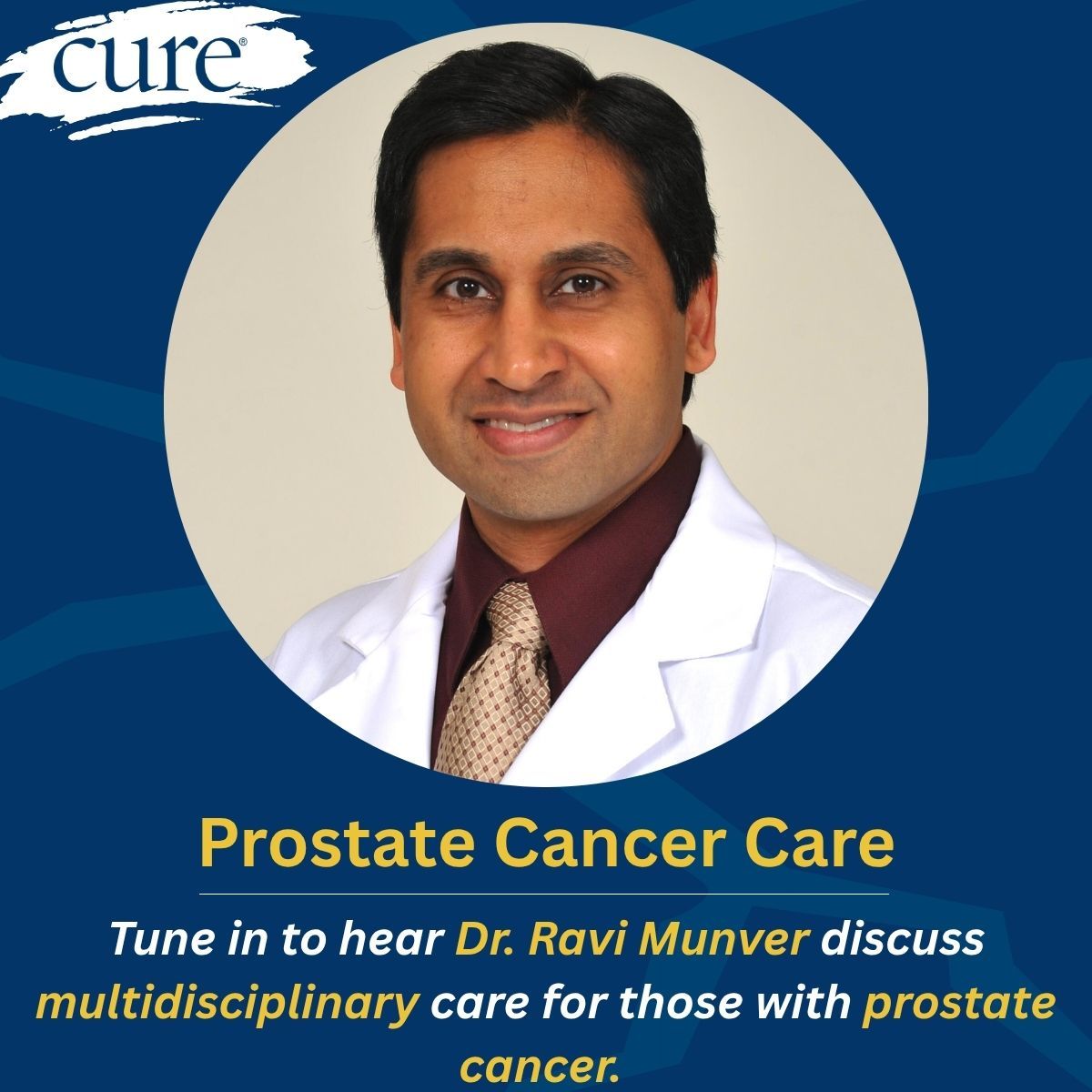Article
How a Patient Received ‘100% Financial Aid’ for Metastatic Prostate Cancer Treatment
Author(s):
Cost burdens are prevalent among patients with metastatic prostate cancer; however, utilizing appropriate resources could reduce costs up to 100%.
Avoiding burdensome costs of metastatic prostate cancer can feel impossible for some, but not for Ted Healy due to the support of financial aid.
“Besides the fact that I had cancer, (my) second thought was, ‘Oh, my god, am I gonna go bankrupt?’” he explained during an interview with CURE®.
Healy currently resides in Portland, Oregon and is a patient with metastatic prostate cancer in remission.
Healy was diagnosed with an aggressive form of prostate cancer at 62 years old. Although he was aware that his father had previously had prostate cancer, he admitted that he knew nothing about prostate cancer and looked around for resources. He stumbled upon ZERO Prostate Cancer, a nonprofit organization that offers financial aid to patients with prostate cancer.
“I followed through with the paperwork (from ZERO), and sure enough, I got 100% financial aid,” he said. “What a great relief that was, so I could focus on getting better and on the disease because the side effects of Lupron (a hormonal therapy to treat advanced prostate cancer) are horrific.”
With help from a prostate cancer organization, Ted Healy received "100% financial aid."

Now at 66, Healy pays it forward to others who are also experiencing their cancer journeys by staying involved – notably within ZERO – and within support groups. He shares his own stories as a patient with metastatic prostate cancer and especially urges others to get tested early. Importantly, he informs others about his positive experiences with the financial aid he received from nonprofit organizations.
“I tell people, ‘Even if you qualify for 20%, it's better than nothing. At least to get 20% off.’ Even if you get 50% off, it's worth your time,” said Healy.
He reflected on the cost burden he would have carried without the help of providers, nonprofit organizations, insurance and Medicare. “I'm looking at over $250,000 plus in terms of what this potentially could have cost me. The insurance was okay. It wasn't great, but it was okay,” he said. “When I first was diagnosed, I was not on Medicare. And so far, I'm very pleased with my advanced plan.”
Still, many patients with metastatic prostate cancer rely solely on the support offered by employer-sponsored plans, whether they are health insurances or Medicare supplement plans.
A study published in May in the journal Cancer analyzed two types of employer-sponsored plans and insurances and provided updated costs, according to the 2019 US dollar. The purpose of this research was to determine prospective improvements for clinical and policy approaches toward prevention, screening and treatment for prostate cancer.
The authors of the study found that the cost burdens for working-aged patients with metastatic prostate cancer exceeded $55,000 per person, per year for men who have employer-sponsored health insurance. Patients with metastatic prostate cancer who were covered by employer-sponsored Medicare supplement plans had cost burdens of $43,000.
Insurance types, plans and policies all play a significant role in how a patient with metastatic prostate cancer navigates through cost burdens. For patients who may be newly diagnosed, or have experienced metastatic prostate cancer for a while, communication with patient advocates or related services is key.
“One of the first things that we say, and it goes back to that insurance policy, (is) A: do they have insurance? Because if they don't, they need to get it quickly,” Lisa Schlager told CURE®. Schlager is the vice president of public policy at FORCE, a national nonprofit organization that focuses on hereditary cancers. She explained that individuals often opt for higher deductible, lower premium plans because they are more affordable. However, Schlager established that this could be “one of the worst decisions an individual can make,” especially because plans are not changeable for an entire year.
“The first thing we do is help them look at their options for health insurance. We work with them to choose the plan that will ultimately result in the least amount of cost burden.And again, those are going to be the low deductible plans, they're going to have a higher monthly premium,” said Schlager. “And (Triage Cancer, a national nonprofit organization has) demonstrated that for somebody diagnosed with cancer, the lower deductible, higher premium insurance is always going to pay off compared to the higher deductible, lower premium plan. So, you know, we do a big push as far as education around that.”
For more news on cancer updates, research and education, don’t forget to subscribe to CURE®’s newsletters here.



